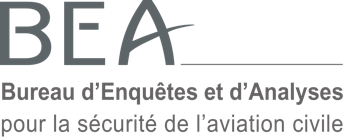Resources to Improve Safety in European General Aviation

IAOPA Europe International Council of Aircraft Owner and Pilot Association is the formal cooperation framework for national AOPAs around Europe.

Le Bureau d’Enquêtes et d’Analyses pour la Sécurité de l’Aviation Civile



